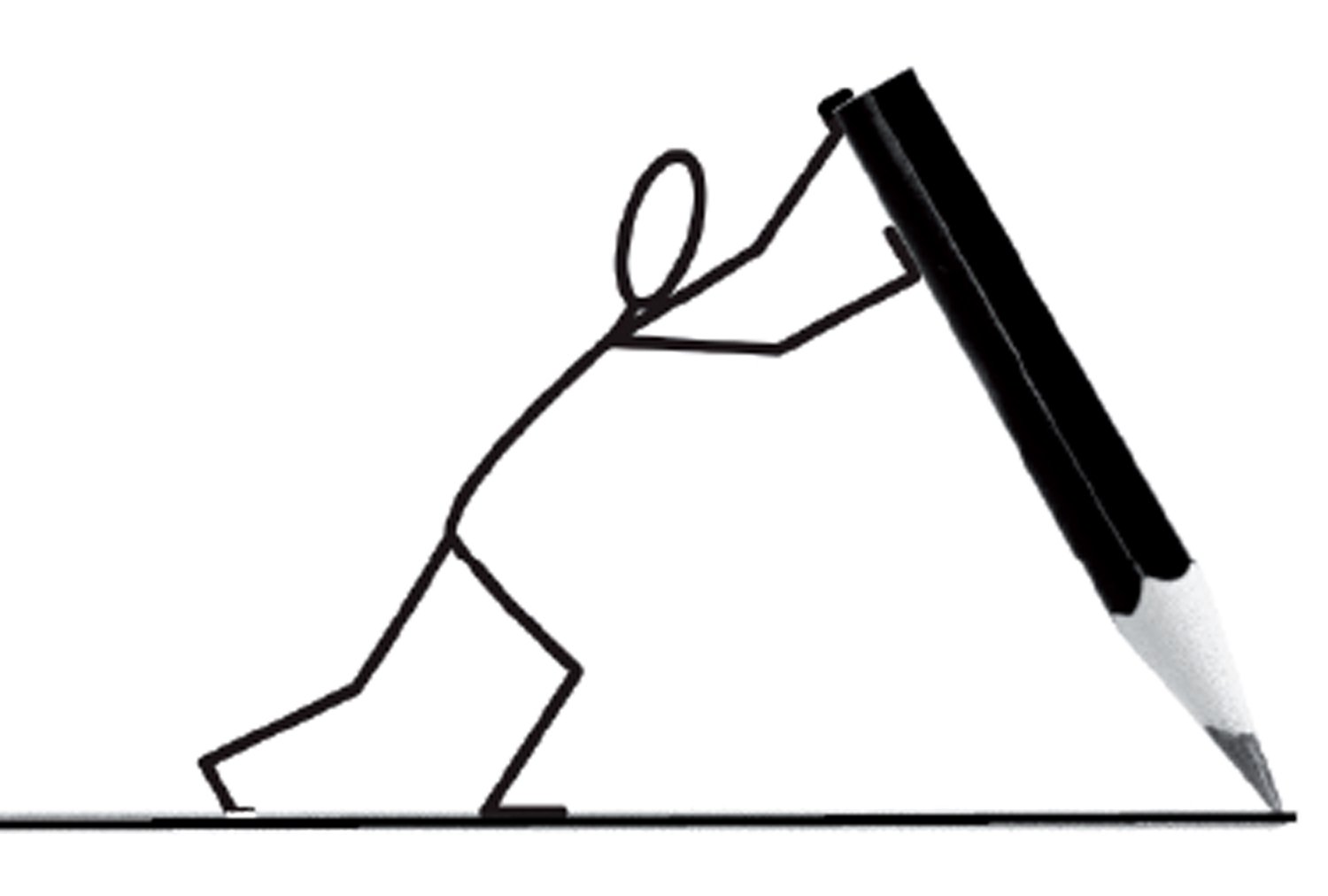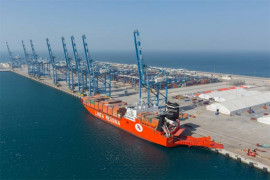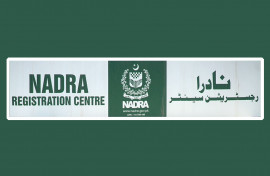
The vice-chancellor of the University of Punjab recently called for doubling public spending on education and cautioned that the nation should be prepared to die if this does not happen - ‘double or die’ was his exact phrase. The vice-chancellor has echoed an old demand made by public leaders from various quarters, which translates into raising the public expenditure on education from the current 2.05 per cent to four per cent of gross domestic product (GDP). As a matter of fact, the new education policy stipulates that this will be increased to seven per cent of GDP.
These unrealistic expectations from the fiscal policy miss several important facts. There is a limit to which low-income and heavily indebted countries like Pakistan can spend on education. Secondly, the private sector contributes over 80 per cent of the nation’s GDP and therefore the public sector may not be expected to play a lead role in investment in education. A significantly rising proportion of new investment in education comes from the private sector.
International evidence suggests that “it is not how much the government spends but how it spends that determines the quality of education.” The countries which have achieved high literacy rates in post-war years hardly spend more than four per cent of GDP. South Korea spends about 3.2 per cent, Japan spends about 3.8 per cent and China 2.8 per cent. Thus, allocation within the education budget matters more than an absolute increase in the spending level.
The comparison (in table) provides several insights. First, you do not necessarily need a seven per cent allocation to achieve high literacy rates, as the example of Sri Lanka suggests. By spending slightly less than Pakistan and substantially less than India, its literacy rate of above 95 per cent is significantly higher, almost double than other South Asian countries.
Secondly, this shows that in most of the cases, you need high level of per capita income to keep a substantially high budget proportion for education. A higher income level allows a household to invest in education after fulfilling other needs such as housing, food and transport. The same applies to a nation. A poor nation cannot afford to finance a welfare regime.
The role of private sector
Apart from the fiscal constraints and lack of innovation in allocation, the role of private sector in education is often under-estimated. The contribution of the private sector to the expansion of not only tertiary (university level) but also primary education has largely gone unnoticed. As a matter of fact, in the garb of defending a debatable constitutional right to education, the critics have often blamed the private sector for fleecing the citizens on account of high tuition fees.
One of the most important changes in the education landscape in the country is the emergence of the private sector, or the market, over the ruins of a dying conventional state education system.
In 1983, the share of private sector in education was a mere three per cent, which now accounts for a significant 25 per cent. One in every four schools in the country belongs to the private sector excluding seminaries (madressahs). Out of more than 30 million students enrolled in schools, the private sector caters to more than one-third. This figure was negligible before the 80s.
Public or private - which costs less
The private schools not only perform better, they also cost less. According to various international studies undertaken to make comparisons between public and private schooling costs, it has been established that an average public school costs twice or thrice as much as a private school.
The most obvious criticism on promoting a market-friendly mechanism in education comes in the form of equity concerns. However, the state does not need to turn blind to the needs of low-income families - it just has to rethink its method of helping them. Luckily, Pakistani state is alive to this - examples set by the Punjab Education Foundation by setting up Foundation Assisted Schools and Education Vouchers Scheme are now getting recognition. One hopes that the state carries this in the right direction, by avoiding building structures directly, and by financing the private sector, particularly at rural level and in low-income urban areas.
In Pakistan today, more than 6.5 million children of school-going age are out of schools. They are out despite free education by the government and ever expanding government’s schools structure. Probably, they want more than free education - education which can help them learn and education which can give them skills for livelihood. It seems that private education does liberate them to learn, however, both the society and the state despise the private sector education providers instead of celebrating their new-found contribution to the field.
The writer is the Director Programme and Development at the Alternate Solutions Institute, Lahore. Email: ali@asinstitute.org
Published in The Express Tribune, January 24th, 2011.























COMMENTS
Comments are moderated and generally will be posted if they are on-topic and not abusive.
For more information, please see our Comments FAQ